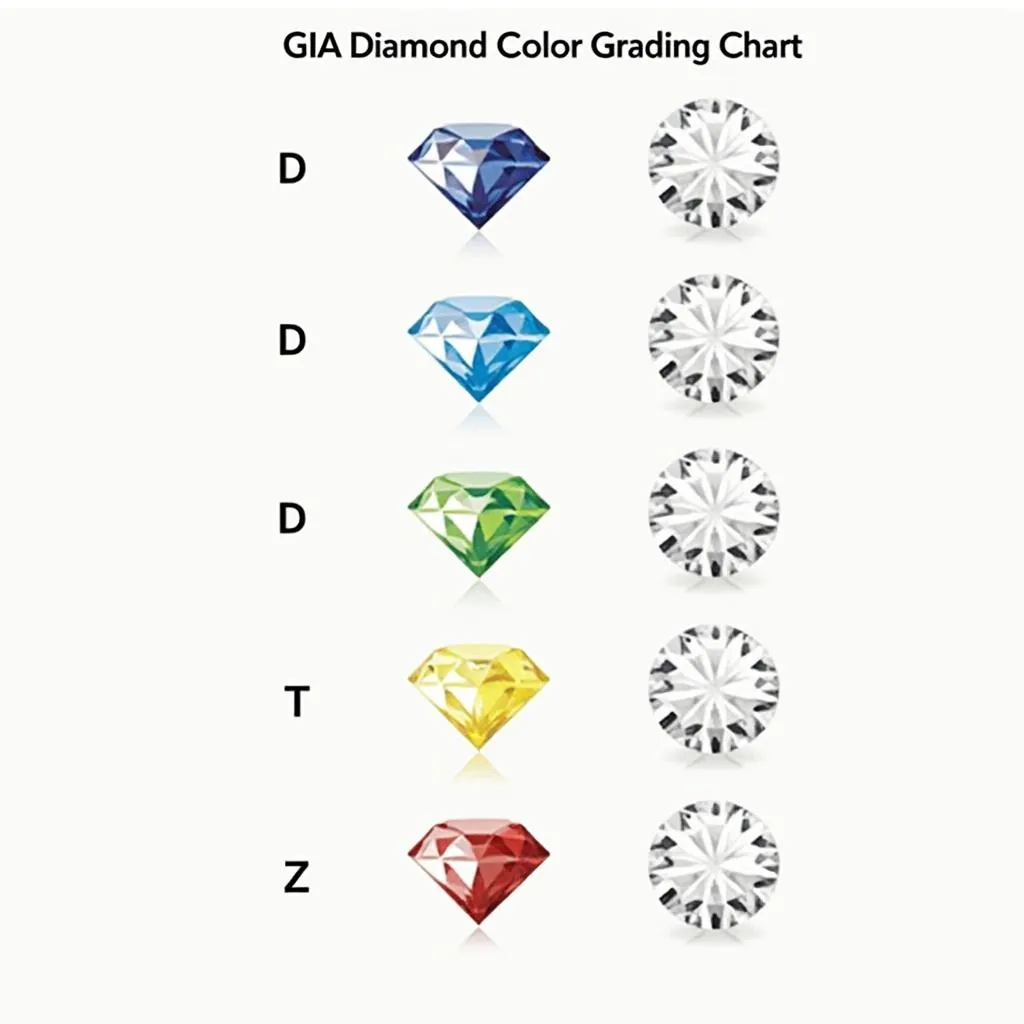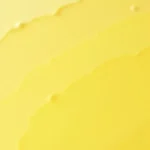Diamonds are renowned for their captivating sparkle, a mesmerizing dance of light that has captivated hearts for centuries. But have you ever wondered what color lies behind this dazzling display? While we often associate diamonds with a pristine, icy white, the truth is far more nuanced and fascinating. The color a diamond sparkles is not a simple answer, but rather a symphony of factors that influence how light interacts with this precious gemstone.
Delving into the Science of Sparkle: How Diamonds Interact with Light
Before we unravel the mystery of diamond sparkle color, let’s understand the science behind this breathtaking phenomenon. The sparkle we see is a combination of three optical properties: brilliance, fire, and scintillation.
- Brilliance: This refers to the white light reflected from the surface and interior of a diamond. A well-cut diamond will exhibit exceptional brilliance, resembling a pool of shimmering stars.
- Fire: This refers to the colorful flashes of light, resembling a prism effect, that occur when white light is dispersed into its spectral colors.
- Scintillation: This describes the captivating flashes of light, both white and colored, that change as the diamond, the light source, or the observer moves.
The interplay of these three elements creates the mesmerizing sparkle that diamonds are famous for. Now, let’s explore how color influences this dazzling display.
Unveiling the Color Spectrum: It’s Not Just About White
While the most sought-after diamonds are often described as “colorless,” the reality is that most diamonds possess subtle hints of color. These subtle hues can influence the perceived sparkle, adding a unique dimension to each gem.
The Gemological Institute of America (GIA) grades diamond color on a scale from D to Z, with D representing completely colorless diamonds and Z indicating noticeable color.
- Colorless (D-F): These diamonds are exceptionally rare and exhibit the highest levels of brilliance and fire. Their sparkle is often described as icy white or bluish-white.
- Near Colorless (G-J): These diamonds possess subtle hints of yellow or brown that are often undetectable to the naked eye. They offer exceptional value and sparkle brilliantly.
- Faint (K-M): Diamonds in this range exhibit more noticeable yellow or brown hues. While their sparkle may be slightly warmer, they still possess significant brilliance.
- Very Light to Light (N-R): These diamonds have more pronounced color, and their sparkle may be less intense. However, they can offer a unique and beautiful aesthetic.
- Slightly Tinted (S-Z): These diamonds display distinct yellow or brown hues. While their brilliance and fire may be less prominent, they can offer exceptional value and a distinctive charm.
Beyond the D-to-Z Scale: Exploring Fancy Color Diamonds
Beyond the traditional D-to-Z scale lies a world of vibrant hues known as fancy color diamonds. These rare and exceptional gems possess intense and saturated colors that span the entire rainbow. From fiery yellows and passionate pinks to captivating blues and mesmerizing greens, fancy color diamonds are highly prized for their rarity and beauty.
The sparkle of fancy color diamonds is truly unique. Their intense color saturation can influence the perceived brilliance and fire, creating a mesmerizing interplay of color and light.
 Fancy color diamonds sparkling in various hues.
Fancy color diamonds sparkling in various hues.
Does Cut Influence Sparkle Color?
While diamond color plays a significant role in the perceived sparkle, the cut of a diamond is equally crucial. A well-cut diamond will maximize light return, enhancing brilliance, fire, and scintillation. Conversely, a poorly cut diamond will leak light, resulting in a dull and lifeless appearance.
The shape of a diamond also influences its sparkle. Round brilliant diamonds are renowned for their exceptional fire and brilliance, while other shapes, such as emerald or Asscher cuts, emphasize clarity and offer a more subtle, elegant sparkle.
The Importance of Clarity and Carat Weight
While color and cut are paramount, clarity and carat weight also contribute to a diamond’s sparkle.
- Clarity: Diamonds with fewer inclusions and blemishes will exhibit greater brilliance and fire. Inclusions can interfere with light reflection and refraction, diminishing sparkle.
- Carat Weight: Larger diamonds tend to sparkle more prominently due to their larger surface area, which allows for greater light reflection and refraction.
Unveiling the Sparkle: Choosing the Perfect Diamond for You
Ultimately, the “best” diamond sparkle color is a matter of personal preference. Some individuals are drawn to the icy white sparkle of colorless diamonds, while others prefer the subtle warmth of near-colorless stones. And for those seeking truly unique and captivating gems, fancy color diamonds offer a breathtaking spectrum of possibilities.
When choosing a diamond, it’s essential to consider all four Cs – color, cut, clarity, and carat weight – to find the perfect balance of beauty, brilliance, and value.
 GIA diamond color grading chart showcasing the D-to-Z scale with corresponding diamond colors.
GIA diamond color grading chart showcasing the D-to-Z scale with corresponding diamond colors.
Conclusion: Embracing the Magic of Diamond Sparkle
The color that diamonds sparkle is a captivating interplay of science, optics, and personal preference. Whether you’re captivated by the icy brilliance of a colorless diamond, the subtle warmth of a near-colorless gem, or the vibrant hues of a fancy color diamond, there’s a sparkling masterpiece waiting to capture your heart.
Remember, choosing a diamond is a deeply personal journey. Take your time, explore the nuances of color and sparkle, and find the gem that speaks to your individual style and desires.
FAQs
1. Do all diamonds sparkle the same amount?
No, the sparkle of a diamond depends on its cut, clarity, and color. A well-cut, high-clarity diamond with a higher color grade will generally exhibit more brilliance and fire.
2. What is the rarest diamond color?
Red diamonds are considered the rarest diamond color, followed by blue, pink, and green diamonds.
3. Are fluorescent diamonds less valuable?
Fluorescence can sometimes make a diamond appear hazy or oily, potentially impacting its value. However, in some cases, fluorescence can enhance a diamond’s color, making it appear brighter.
4. How can I tell if a diamond is real?
A qualified gemologist can use specialized tools and techniques to determine the authenticity of a diamond.
5. What should I look for when buying a diamond?
When purchasing a diamond, always ask for a GIA or AGS certificate, which provides an unbiased assessment of the diamond’s four Cs.
Need Assistance? Contact Color Box Hanoi!
Are you ready to discover the captivating world of diamond sparkle? At Color Box Hanoi, our team of color experts is passionate about helping you find the perfect gem to complement your unique style and desires.
Contact us today at 0373298888 or [email protected]. You can also visit our showroom at 86 Cầu Giấy, Hanoi, to explore our stunning collection of diamonds and receive personalized guidance from our knowledgeable team. We’re here to answer your questions, provide expert advice, and help you find the diamond of your dreams.

